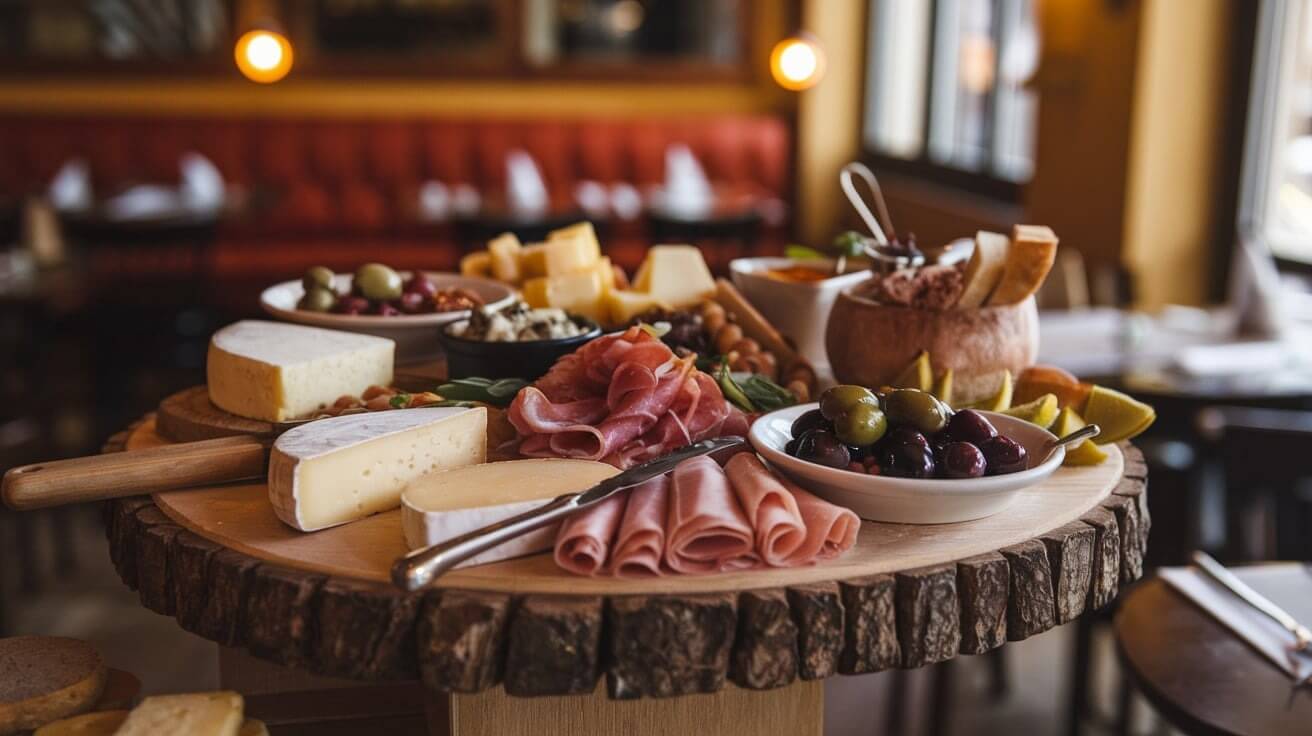
Welcome to the vibrant land of Spanish cuisine, where the tapas bring you together.re wind for a new journey through your plate. And celebrate with the ones you love, because at El Pintxo De Petritxol, we believe that food is joy and sharing food with loved ones is everything. Here at Mouse we’re taking a look at some of the best tapas out there, starting with the incredible impact of Spanish cheese boards on our eating experience and the way they air perfectly between three baskets for a perfect torn apart.
Arguably, the cultural weight of sharing plates, “tapas,” in Spain is heavy as lead. Whether in raucous tapas bars or at festive family gatherings, the Spanish way of eating is all about connection and celebration.” Cheese boards have become a staple in this tradition, providing an elegant prelude to meals or a great companion to tapas. Cheese is the perfect accompaniment to tapas, making it a gastronomic journey at its best that reflects the regional plurality of Spain.
Spain’s cheesemaking tradition is as rich and diverse as its culinary landscape. Every region has its own unique cheeses, depending on local ingredients, techniques, and traditions.
Making a Spanish cheese board takes both an art and a science. And the aim is to a balanced selection that represents Spain’s regional diversity and covers a range of flavors and textures.
An ideal board would have a range of mild and strong flavors, soft and hard textures, and types of milk. Consider including:
To get the real spirit of Spain, make sure you serve cheeses from across the regions. This not only highlights Spain’s diversity, but leads to a more interesting tasting experience. Think about the season and what’s in season, because many Spanish cheeses are best at various times of the year.
A Spanish cheese board isn’t complete without all the appropriate pairings:
The real magic of Spanish cheese boards comes when they play together with tapas dishes, creating a harmonic balance of flavor.
Each cheese has its own flavor profile, which pairs beautifully with particular tapas:
When serving cheese with tapas, think about the order you serve the flavors. Begin with milder cheeses and work your way toward the stronger stuff, to allow the nuances of each flavor to shine.
Pairing the right drink with cheese and tapas otherwise introduces a wide variety of flavors that blend harmoniously.
To fully enjoy your Spanish cheese board, follow these serving suggestions for an authentic experience.
Tapas-style, they are offered as an appetizer before the main courses or as its course between courses. They can also be eaten as a light meal on their own.
For a cheese course, arrange cheeses artfully on a large board or platter, creating visual interest with different shapes and heights. Arrange accompaniments around the cheeses, and keep everything easy to reach. Fresh herbs or flowers will make it authentic.
Spanish dining emphasizes sharing, so portion your cheese board generously enough that everyone can sample each variety. A safe rule is about 3-4 ounces of cheese/person.
Most cheeses need to be at room temperature to be enjoyed at their taste and texture best. But some fresh cheeses, such as Queso de Burgos, can be served chilled.
Food always plays a pivotal role in preparing our meals and cheese boards are a vital aspect of every tapas enjoyed. They lay a sophisticated groundwork for exploring the variety of Spain’s flavors and textures. These tips will help you recreate pfsp locations for at home, delicious authentic Spanish cheese board.
Remember, the experience of eating in Spain should be all about sharing and exploring. So grab your friends and family, make your perfect cheese board, and journey with your taste buds through the regions of Spain. ¡Buen provecho!
So we hope this guide encouraged you to discover the beautiful universe of Spanish cheeses. Now, if you want to try them, don’t hesitate to go to the El Pintxo De Petritxol restaurant, where they will be pleased to see you.
Fill the form to register yourself and get 10 off coupon on your email